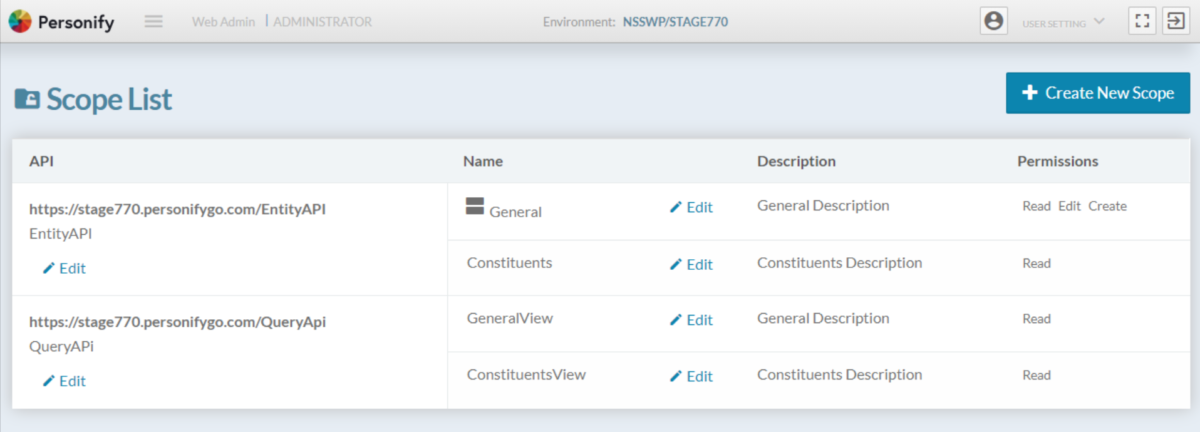The seemingly endless parade of apps, the growing number of ways in which we rely on handheld devices that promise to make us smart, the explosion in data these systems collect, exchange and use. It’s no wonder the world of IT is trending more and more towards being one filled with an emphasis on measurement and reporting. However, when reporting involves manual file processes, one-off integrations, and disparate systems that aren’t capable of talking to one another, the benefits of reporting can be negated by the nightmare that data sourcing and wrangling becomes.
Let’s say your membership team needs a quarterly readout of engagement to share with the board of directors. You have decided to measure engagement by individual member count, frequency of customer activities per individual member, and membership certification status. Running this process manually each quarter is not only time-intensive but can position IT as a bottleneck in the reporting process.
With the right technology tools, you can automate this process to satisfy your leadership’s requirements and provide a unified view of how your organization is driving engagement with members.
An organization’s technology should support business processes and organizational goals, not restrict or impede them. When your software doesn’t allow you to easily manipulate data and automate manual processes, it ends up feeling like you’re the one doing all the work.
There’s a Better Way
You may already be familiar with the power of an Integration Platform As a Service (iPaaS) and how you can connect best-of-breed technologies for unified data integration and secure, bi-directional exchange of data.
Integration projects and robust APIs work well together to facilitate integration, reduce time to value, and accelerate your organization’s drive towards innovation. When your data is integrated and accessible, there’s more time to devote to new initiatives and programs that provide real value for members and constituents.
That’s why I’m excited to introduce the first release of our Novus APIs, a proprietary new integration method that allows for easy reporting, process automation, and the ability to easily create custom applications or services that leverage your Personify data.
At Personify, our goal is to help make your data more accurate, accessible, and actionable. Our Novus APIs will allow you to do just that.
How Do Personify’s Novus APIs Differ from Other Integration Methods?
To give our clients maximum flexibility, we provide several options available when deciding to integrate data streams and automate workflows, and many work in tandem together to provide better insights:
- Direct integrations allow linking mobile applications and partners’ end-to-end systems to your Personify environment.
- Import and export processes provide for one-time or infrequent data transfers and can be used for ETL processes that are unlikely to be repeated.
- Novus APIs can be used for reporting, frequent large-scale operations (and automation of frequent processes), and custom applications or services manipulating or accessing Personify data.
How Can Novus APIs Help Me?
APIs serve as the backbone to many association’s data systems and technology tools. They help you make more informed decisions about the future of your organization. We’ve developed Novus APIs, to further improve reporting with:
- Better Encapsulation: making it easier to interpret what methods and objects are intended for what purposes, and easier to control who’s exposed to which endpoints
- More Parameters: customizing your API requests (which we’ve added to satisfy user voice requests), and allowing for more server-side functionality than our old data services
- Improved Logical Structure: allowing for improved performance for at-scale operations and ease of navigation.
- Swagger Interface: Our APIs are built using Swagger, a widely adopted API documentation platform across the software industry. This platform is easy to comprehend, meaning that non-developers can view an endpoint’s documentation page, select values, and make a test API call without writing any code. The platform is human and machine readable, and it easily adjusts for both human eyes and programs reading in the structure of the API.
Ready to learn more? If you’re interested, reach out to your account manager or connect with us to find out if Novus APIs are a good fit for your organization.
